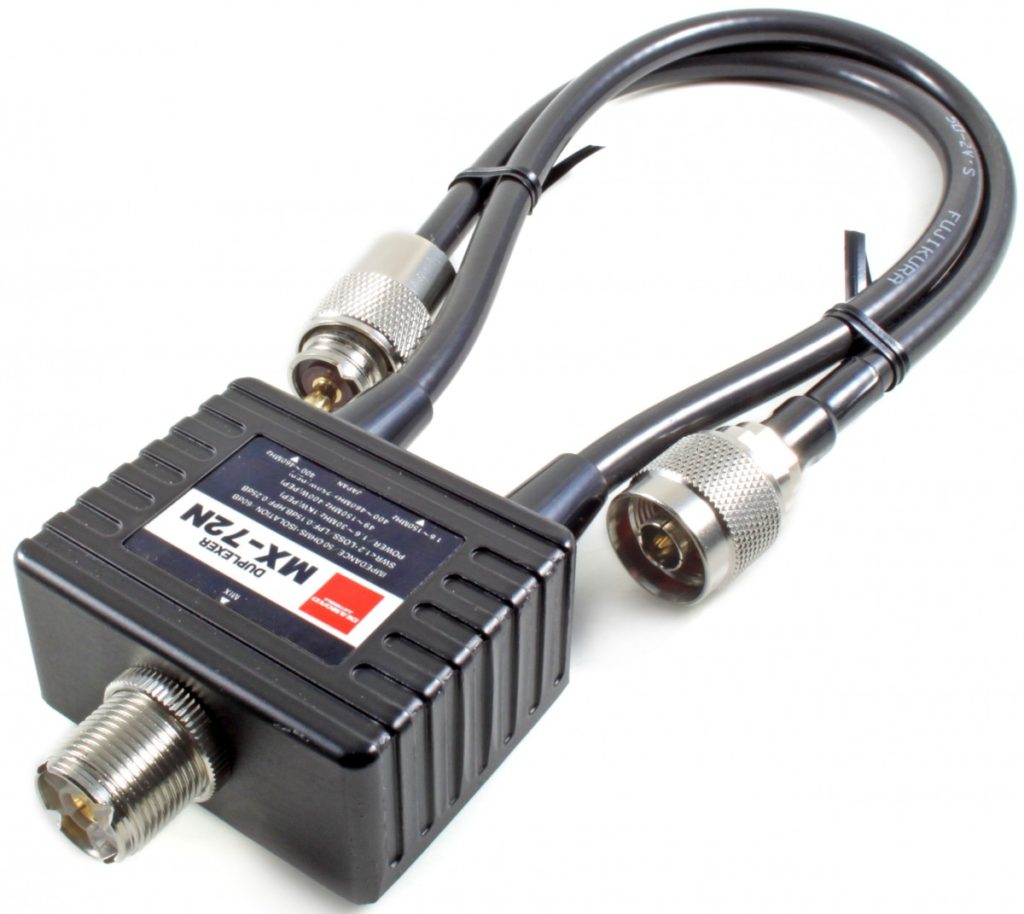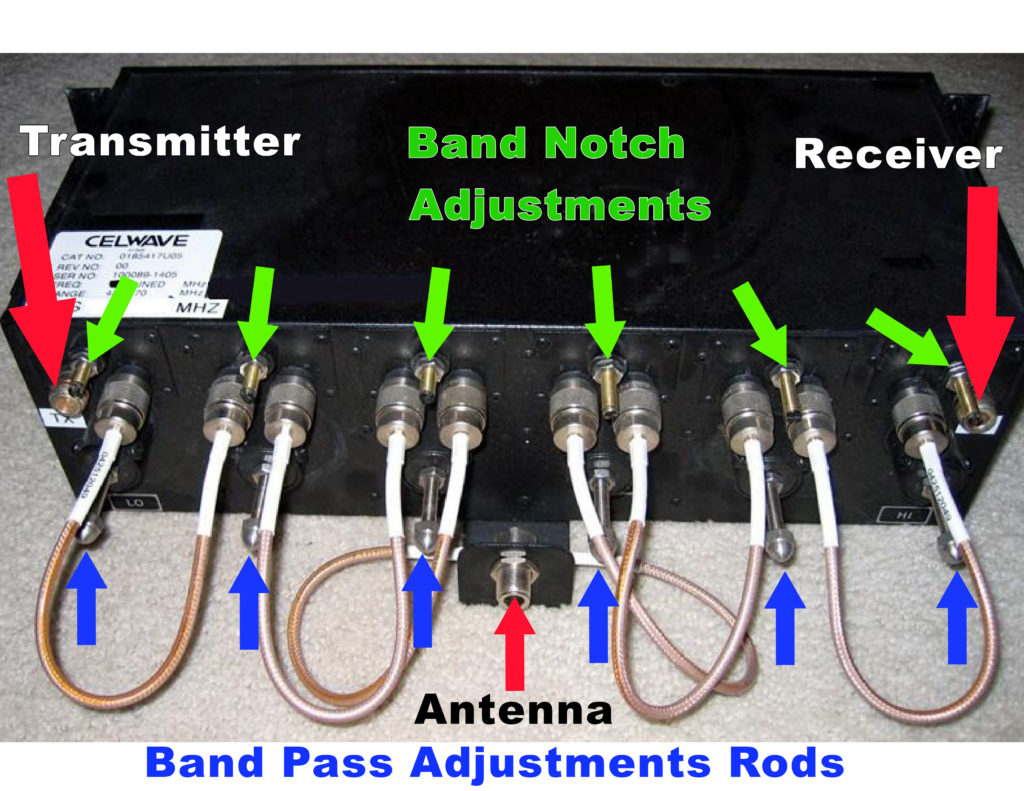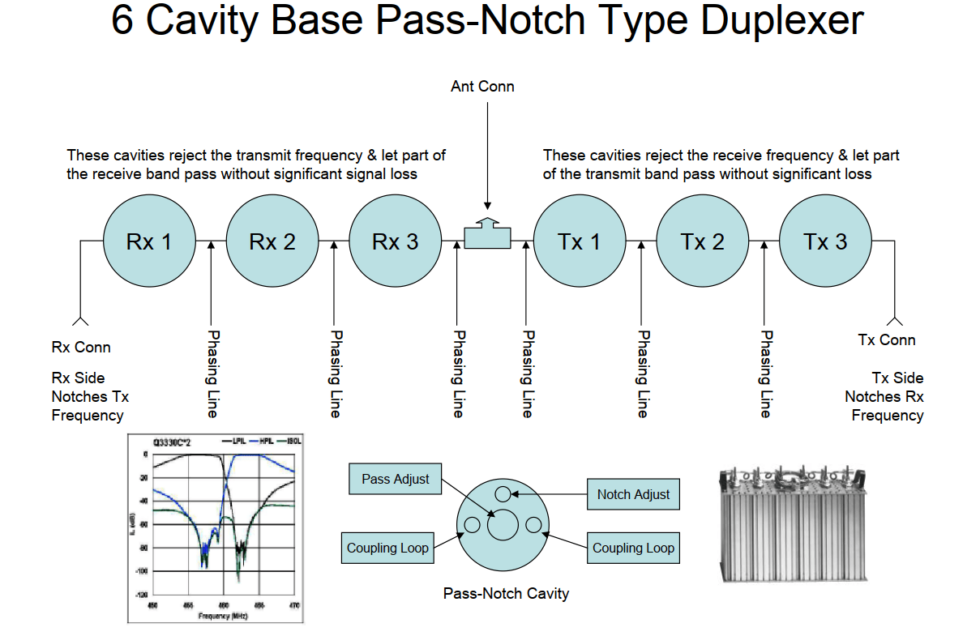
TEK NET
The Henderson Amateur Radio Club is pleased to present our Tek Net every Sunday evening, starting at 8pm local time (0300 UTC).
The audio portion of the Tek Net will be found on the Henderson Amateur Radio Club Repeater Network (RF). The audio may also be accessed via Echolink (W7HEN-R node 740644) and Allstar (node 44045).
The audio will refer to this page, so that the listener can more fully understand the concepts as they are presented.
All are welcome!
November 27, 2022
“Repeater Duplexer’s and how they work”
I heard a discussion on the network last week, and a fellow was using the term Diplexer in place of a Duplexer in their discussion.
These are two very different devices.
Diplexer vs Duplexer. What is the difference?

A diplexer is a passive device that combines two inputs into a common output. The signals on inputs 1 and 2 occupy different frequency bands.
Consequently, the signals on inputs 1 and 2 can coexist on the output without interfering with each other. It is also known as a cross band antenna combiner.
Typical frequency spread on Input 1 would be 1.5Mhz- 175Mhz while the frequency spread for input 2 would be 250Mhz-550Mhz, depending on the brand and model.
A duplexer is a device that allows bi-directional communication over a single antenna port.
In radio communications systems, it isolates the receiver from the transmitter while permitting them to share a common antenna.
Most radio repeater systems employing a single antenna will include a duplexer in the system makeup.
Duplexers must be designed for operation in the same frequency band used by the receiver and transmitter and must be capable of handling the output power of the transmitter.
Provide adequate rejection of transmitter noise occurring at the receive frequency, and must be designed to operate at, or less than, the frequency separation between the transmitter and receiver, in the case of our UHF repeater that frequency spread is 5Mhz.
Supply enough isolation to prevent receiver desensitization and front end overload or damage.

BAND PASS Duplexer
Generally will have higher branch loss than pass-reject type, 1.5 dB per branch or higher being expected.
Requires larger, higher “Q” cavities, and more of them, resulting in higher cost and need for greater site space occupancy.
Impractical for closely spaced TX-RX pairs, compared to pass/notch types. Higher costs than pass notch types due to requiring larger cavities
BAND-PASS/ BAND-REJECT DUPLEXER
Lower insertion loss than band pass types for same TX-RX spacings.
Since pass band is broad, little help is provided in receiver front end selectivity except for the transmit carrier notch; this can be a real problem when placed at high density sites.
Can use smaller volume cavities for a given TX-RX spacing, saving space.
Lower cost to manufacture.


